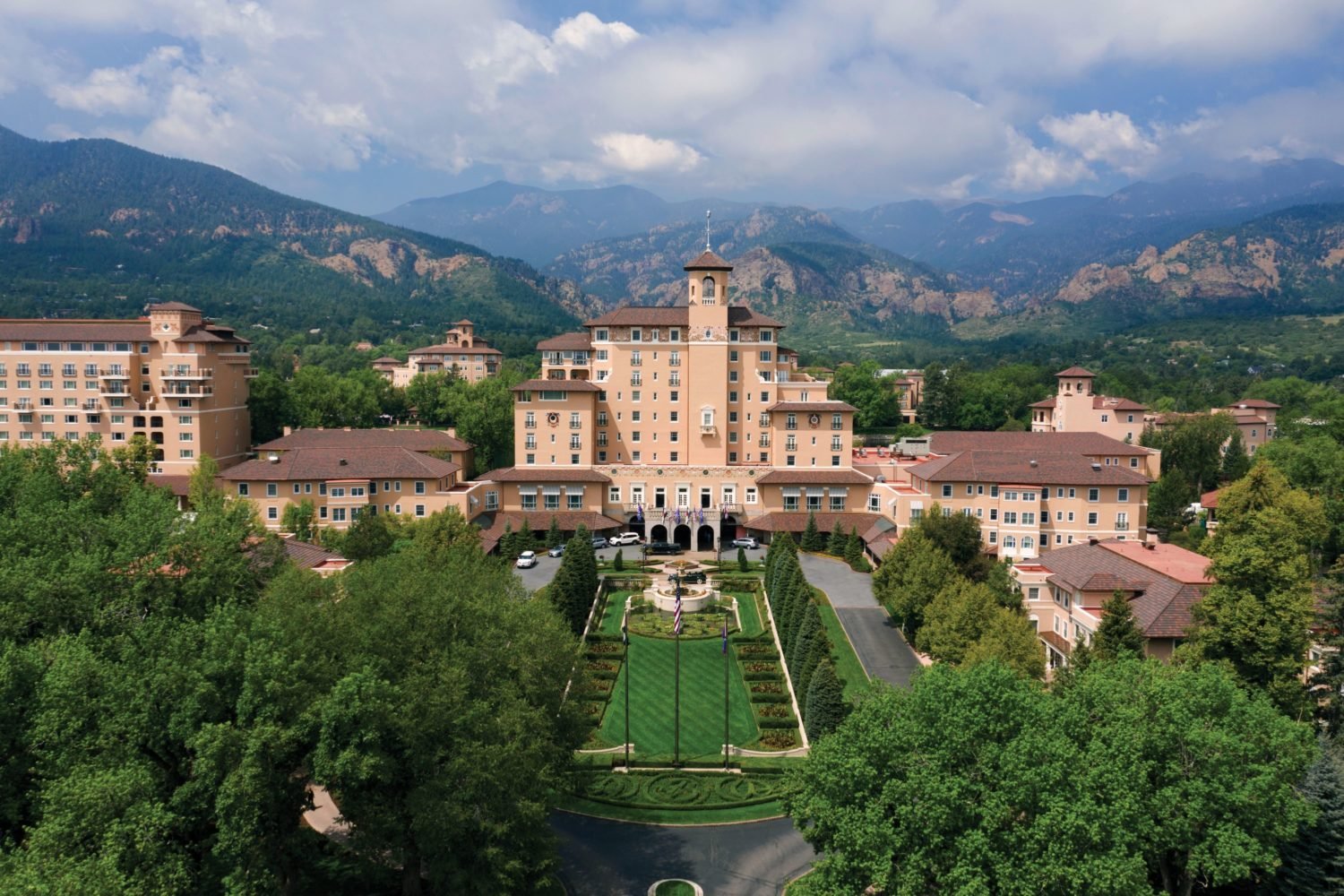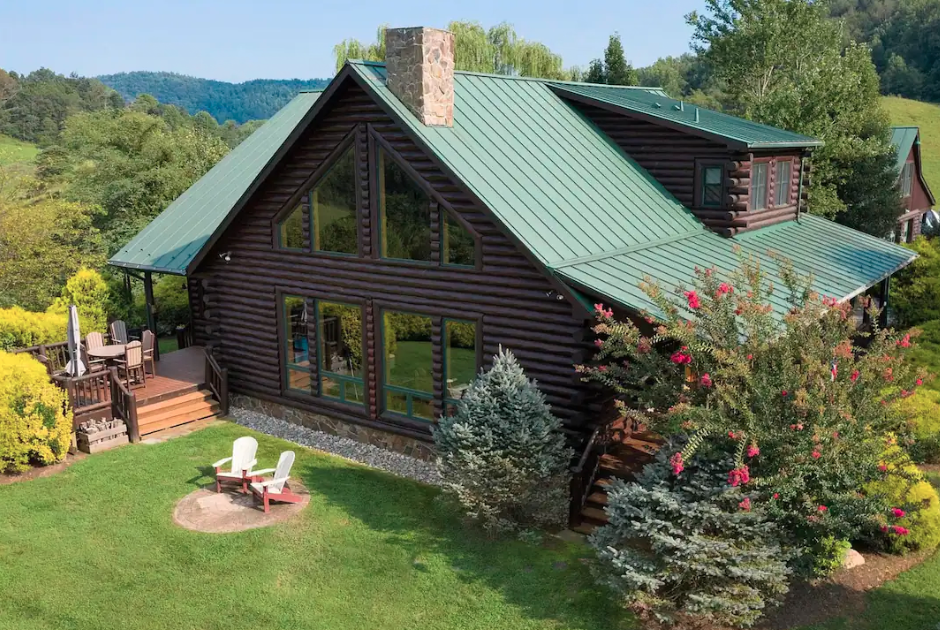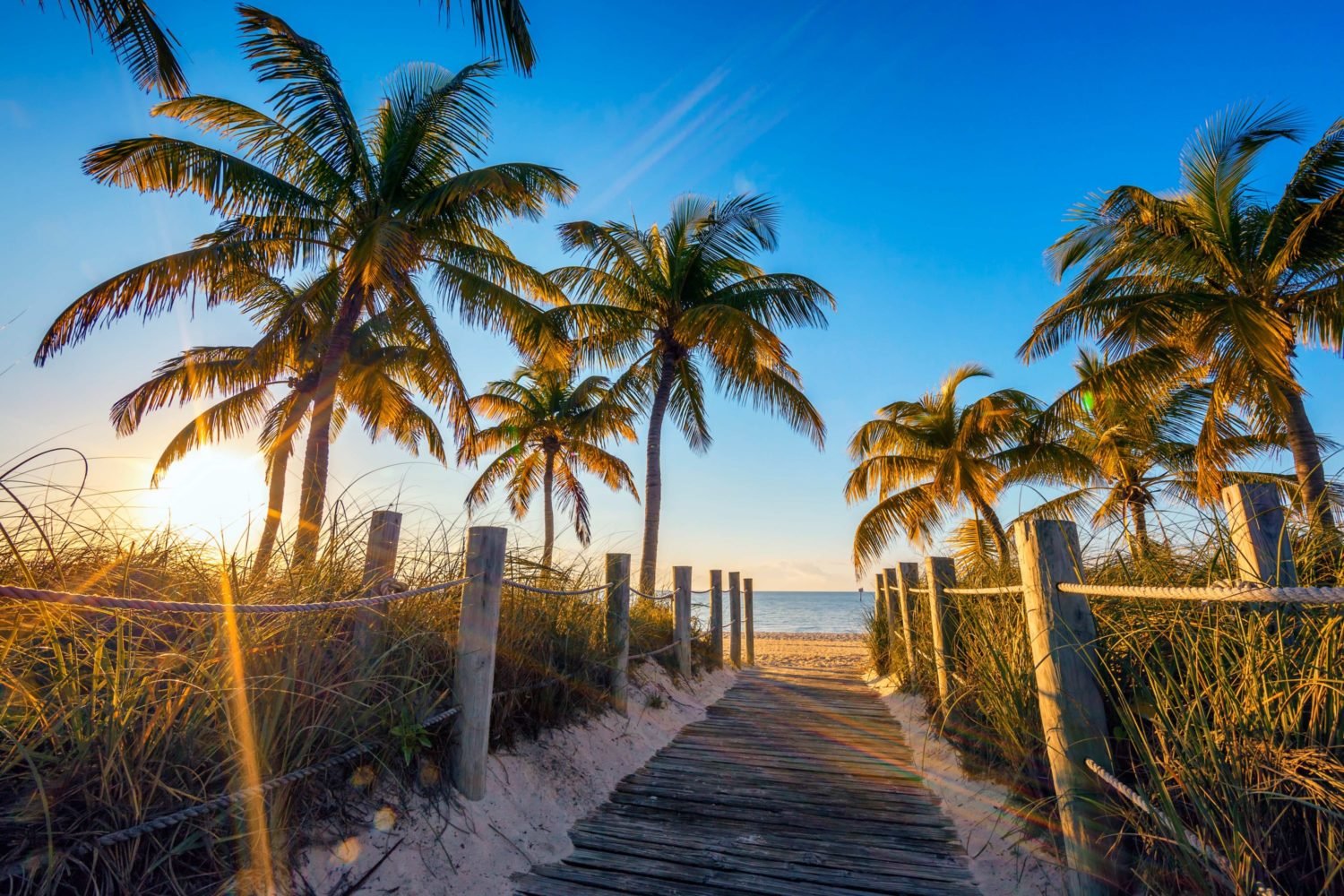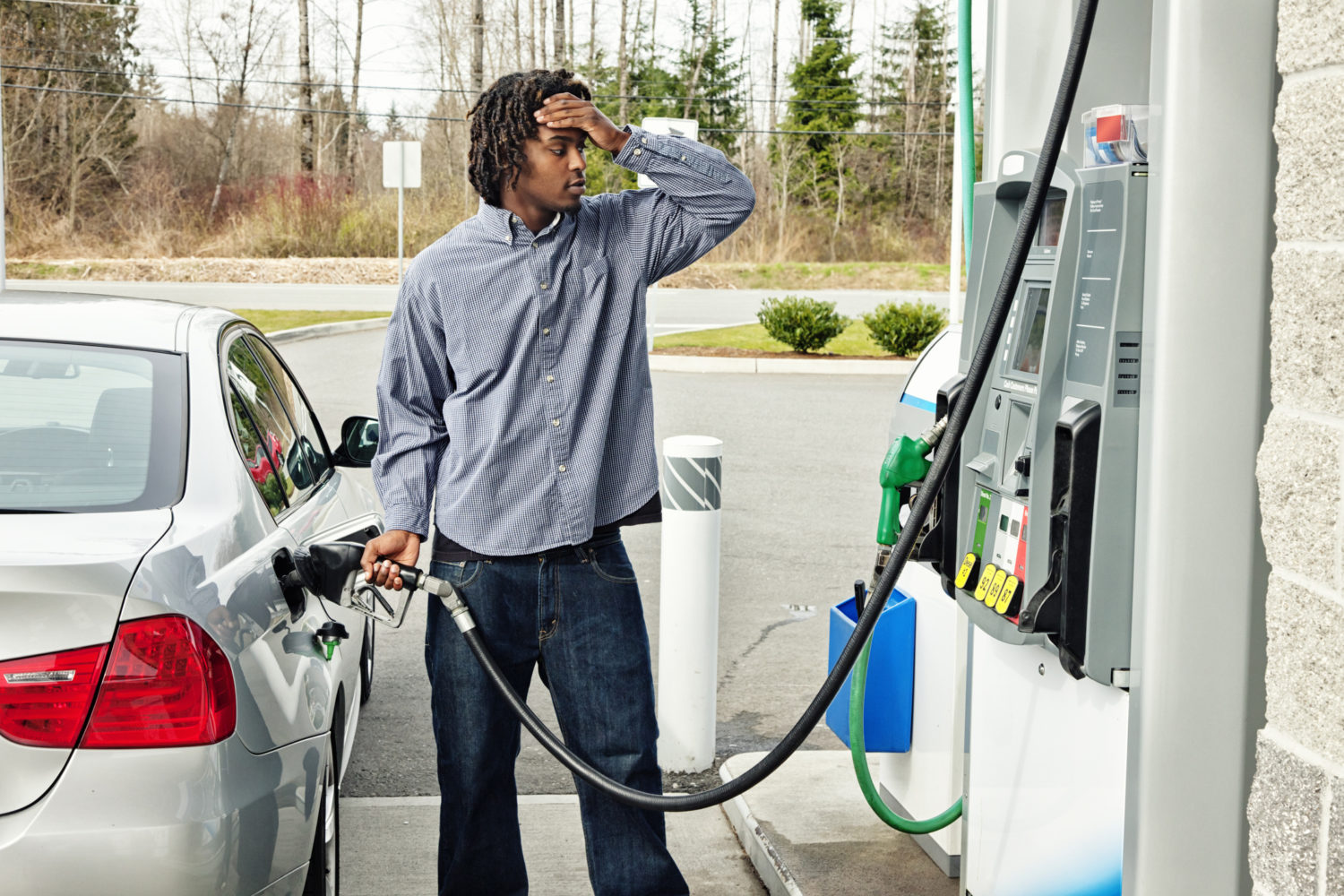In the spring of 2021, Neil King left his home on Capitol Hill for a trip up to New York City. But unlike other travelers, he didn’t hop on the train or take the bus. Rather, King made the 330-mile journey from DC to the Big Apple on foot. Over the following 26 days, King walked through Mennonite farms, Civil War battlefields, and ordinary neighborhoods. Along the way, he made new friends, rediscovered historic sites, and even—to his surprise—found himself on the news.
“There just really is a different America out any of our doors if we go about it at the pace of a walker, do it over a stretch of time, and really truly pay attention,” he says. The book King wrote about his adventure, American Ramble: A Walk of Memory and Renewal, will be published by HarperCollins on April 4.
We recently caught up with him to discuss what prompted him to take the journey, the benefits of traveling on foot, and what other walks he would recommend for Washingtonians.
Why did you decide to make this journey?
It started out years ago as a kind of joke to myself. And we always talk—many of us Washingtonians or New Yorkers—about what’s the fastest way between these two places. And I was like, “What if I walked out my door and just walked to New York? What would that look like? What would that feel like?” Then it germinated over time. And I kept thinking about that question: How did others do it? You know, going back across the centuries, how did George Washington get to his inauguration in 1789? And the more I thought about it and the more I looked at the various possibilities, the more I sort of studied the land in between—which, of course, is where a good part of the founding of the country occurred—the more fascinated I became by it. Then it became a kind of fixation that I just really wanted to do.
What type of research did you do to prepare for this trip?
This may sound odd to portray Covid as a good fortune, but I was going to walk out my door at the end of March 2020. Of course, that became basically illegal to do then. So I delayed the whole thing by exactly a year, which gave me even more time to study. I spent tons of time reading voluminous amounts of the travel logs of all kinds of Europeans and others who came to the US in the 1820s and 1830s. There was a whole host of eminent European writers that came to the US to weigh the question of: Can this place work? Can they make something out of all these disparate languages and cultures and so on? Of course, the most famous are Alexis de Tocqueville and Charles Dickens. And that research was partly practical. I was like, “Okay, what routes do these people take?” Many of them would come into New York Harbor, and then they would make their way to Washington and maybe further south. Then there was just immersing yourself in the old maps, going back to the earliest Colonial-era maps and [asking myself] “What did the routes look like then? And where were the Native American trails?,” because they became the highways and freeways.
It was a whole bunch of layering of different kinds of research down to [thinking], okay, I could go this way, and then it would take me to the Jersey Shore. Or I could go this way and follow the Acela and I-95 corridor, which, by the way, is the old postal route. Or I could take the route which I ended up taking, which is the more historic, richer route up to York, Pennsylvania, and then across through Lancaster County and on to Valley Forge and into Philadelphia and up to Doylestown. And, of course, I went across the Delaware River where [George] Washington [crossed], and a friend brought a kayak down and we went by water.
In terms of logistics, how many miles were you doing in a day? Where were you staying? How did all that work?
I decided at the beginning that I was not going to camp out, for a variety of reasons. So I really had to find some kind of lodging, which is not, by the way, that easy to do even in an allegedly crowded part of the country. So I found a mix of Airbnbs, inns, and motels. If you average it out, I did about 14 miles a day. It took 26 days to do 330 miles. But the first day, for instance, I walked to Olney from my house on Capitol Hill. That was, like, 24 or 25 miles. That was one of the longest [days].
And you’re also meeting people along the way?
Very much so. It was a mix of preplanned people that I had intended to meet: mayors, historians, writers, and people that were fascinated by unearthing some part of their local history. And then there were just the purely serendipitous people I met. They really brought the thing to life.
I met some fantastic people [when they were] out bringing their garbage in from the sidewalk who would engage me in conversation. I had some fantastic encounters in Lancaster County where a lot of life goes on outdoors among the Mennonite and Amish farmers. I think one of the high points of the walk and the book was this group of Mennonite schoolkids that I met who were playing softball in the back of their school. And then they invited me in and sang several hymns to me, which were quite amazing. I’ve remained in contact with them, and I’m going to do an event next month with them. That kind of stuff was the true soul of the walk, just encounters like that.
During your journey, you started to get some media attention and people began to recognize you along your route. Tell me about that.
The funny thing is, the whole point of the walk was about putting aside the distractions on Twitter and on our phones and on television and all that and just paying attention to the land in between these two places. That said, I did have my phone and I would usually tweet. I did a big Twitter thread that ended up being about 76 tweets, basically, “Here’s this place I’ve arrived at” and making observations with a photo of the landscape. And I think because of how contained everybody was [due to the Covid restrictions], it was like this huge breath of fresh air that people really responded to. So that got tons of attention. I was on a bunch of different radio programs, and they did local coverage in Lancaster, York, and Doylestown. And even when I arrived in New York, NY1—the big 24-hour news channel—did a five-minute segment of me arriving in New York, which was just really funny. But then I met probably seven or eight or nine people along the way who stopped their cars and said, “Wait, aren’t you that guy who’s walking to New York?” So it did get out in the bloodstream somehow.
Based on your walk, are there other walks you’d recommend to our readers in the Washington area?
If you go out over multiple days and walk a stretch of territory that you’ve put some thought into, it’s so incomparably different than driving it. You see the continuum and you fall into a kind of trance. We live in one of the great jumping-off points in the country because any of us can walk out any of our front doors to the C&O Canal and, eventually, all the way to Pittsburgh. Or you can do a walk similar to the one I did. I think it would take about four days to walk to Gettysburg, which I would love to do. You could walk to Antietam, which would be a similar distance. You could walk up to Harpers Ferry, which would also be fantastic along the Potomac.
What was the big lesson that you learned during the trip?
I think the biggest lesson is there just really is a different America [beyond] any of our doors if we go about it at the pace of a walker, do it over a stretch of time, and really pay attention. We’re all absorbed in this divisive, toxic fight over all the things that we’re so familiar with—and I’m not arguing that those things don’t exist. But there is a different story to be told and to behold by walking. And it can be a really transformative thing, both in terms of your understanding of the country and in terms of what it does to your own psyche.
You don’t have to read much to understand that we’re at this point of incredible anxiety where there’s a lot of mental health issues. My argument is that a lot of that has been built on a general level of disconnectedness from the things that make it great to be on the planet—the earth under our feet and [being] out in the world itself as a tangible thing. And doing that for any stretch of time does wonders to your brain and to your spirit. The longer I went, the more I was in sync with things.

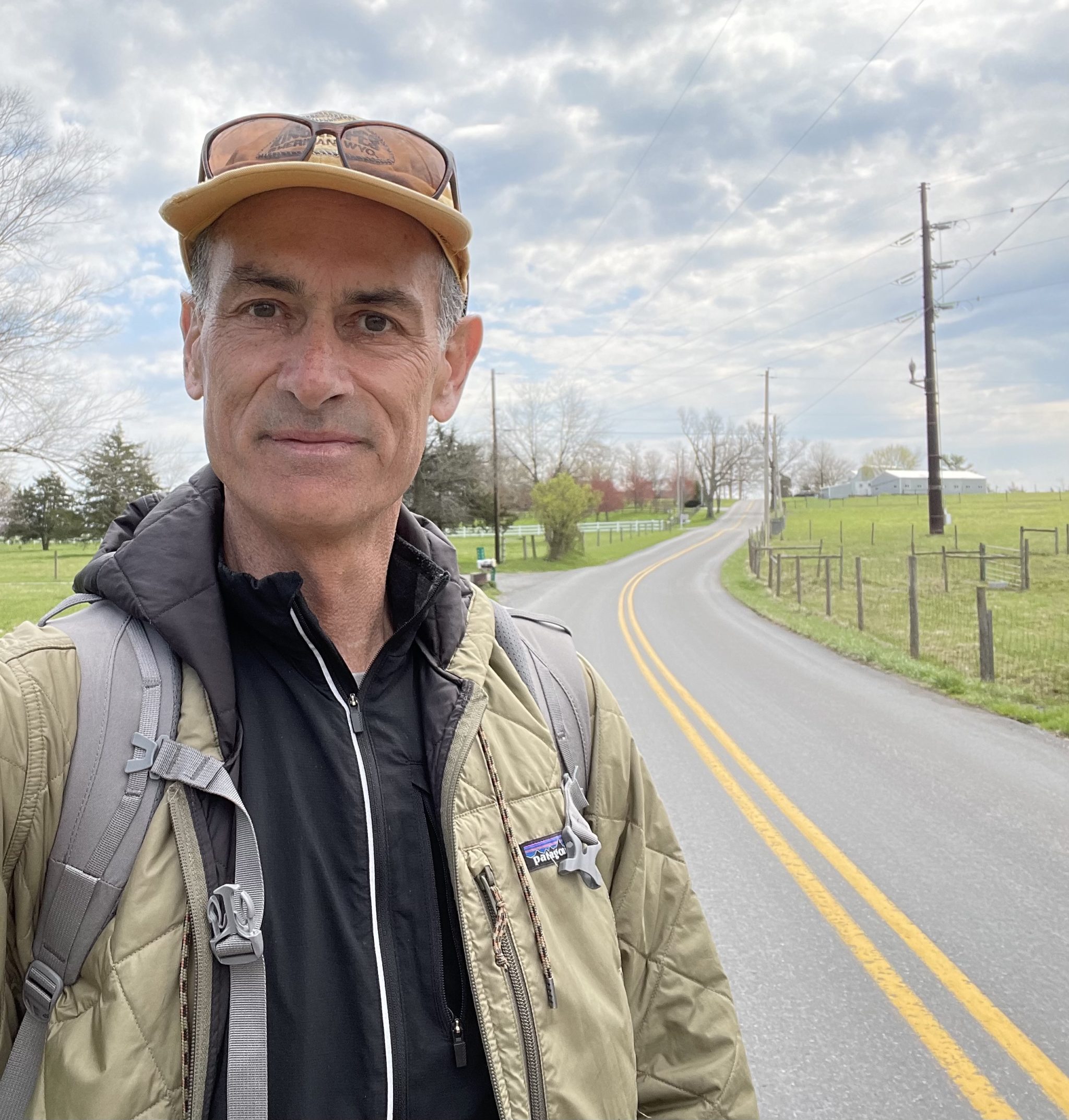
![Luke 008[2]-1 - Washingtonian](https://www.washingtonian.com/wp-content/uploads/2017/10/Luke-0082-1-e1509126354184.jpg)






